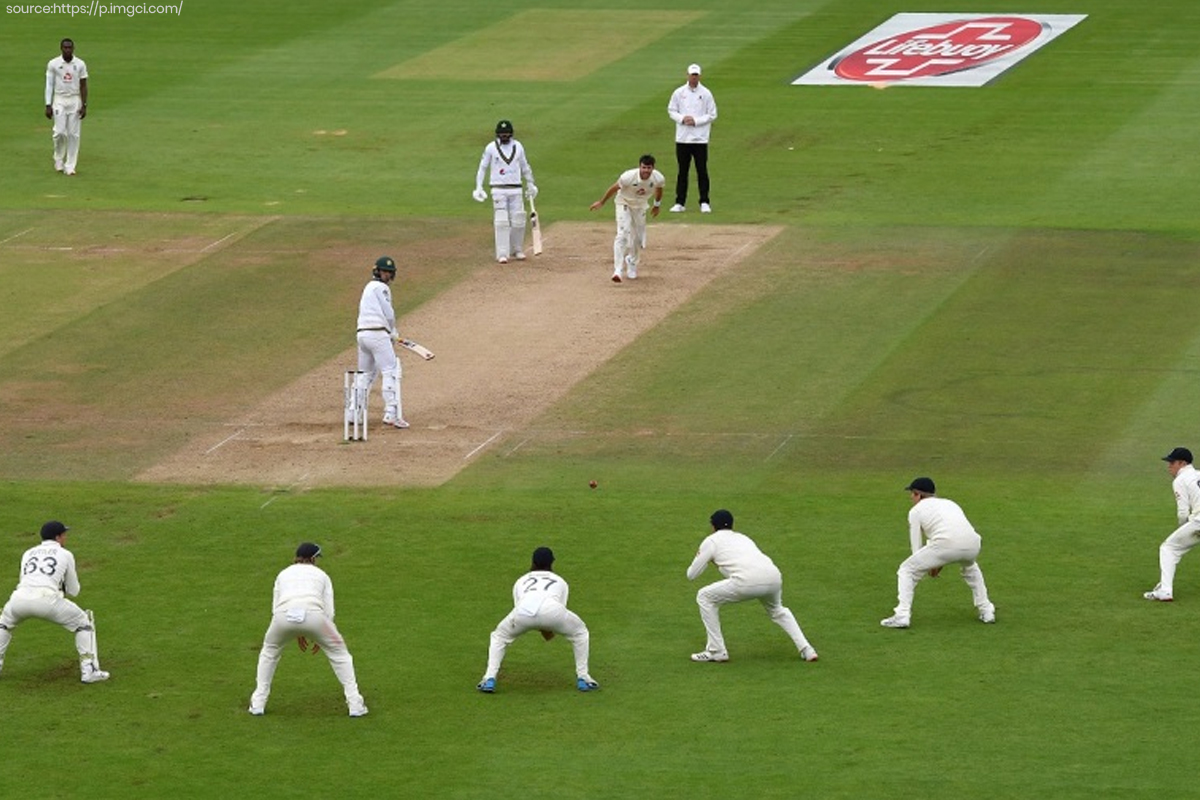Know the Types of Cricket Dismissals – Stay Ahead in the Game
Understanding the different types of cricket dismissals is essential for every cricket enthusiast and player. Knowing how a batter can get out helps players improve their strategies and boosts their performance. This guide breaks down all the common and rare ways a batter can be dismissed in cricket, offering a clear explanation of each type.
1. Bowled
One of the most straightforward types of outs in cricket is being bowled out. This happens when the bowler delivers the ball, and it hits the stumps, dislodging the bails. It’s a moment that brings sheer excitement to the bowler and disappointment for the batter.
- Key Point: The batter must not make any contact with the ball before it hits the stumps for this dismissal to be valid.
2. Caught Out
Catching is a highly common way to dismiss a batter. This occurs when a batter hits the ball and a fielder, including the bowler or wicketkeeper, catches it before it touches the ground.
- Types of catches:
- Caught behind: When the wicketkeeper catches the ball.
- Slip catches: Taken by fielders positioned near the wicket.
- Pro Tip: Fielders in catching positions must have quick reflexes to capitalize on edges and mis-hits.
3. Leg Before Wicket (LBW)
The LBW rule can be tricky for beginners. This dismissal happens when the ball hits the batter’s pads in line with the stumps, and the umpire believes the ball would have hit the stumps if not obstructed by the batter’s legs.
- Factors for LBW: The ball must pitch in line with the stumps or outside off-stump, and the impact should be in line with the wickets.
- Fun Fact: The LBW rule was first introduced in 1774 to prevent batters from blocking the ball with their legs.
4. Run Out
Being run out is another common type of cricket dismissal. It happens when a batter is outside the crease while attempting a run, and the fielder successfully hits the stumps with the ball before the batter can return to safety.
- Key Element: Quick thinking and teamwork among fielders are crucial to execute a run-out.
- Stat Insight: According to cricket statistics, run-outs account for approximately 24% of dismissals in one-day matches.
5. Stumped
This form of dismissal is unique to spin bowlers. Stumping occurs when a batter steps out of the crease to play a ball but misses it, and the wicketkeeper removes the bails before the batter can return to safety.
- Wicketkeeper’s Role: Agility and timing are vital for successful stumpings.
- Note: A batter can only be stumped off a legitimate delivery, not a wide.
6. Hit Wicket
A rare but noteworthy dismissal is when a batter dislodges the bails with their body or bat while attempting a shot or avoiding a bouncer. This is termed as hit wicket.
- Trivia: Hit wicket usually happens due to a loss of balance or misjudged footwork.
7. Handled the Ball
Though now merged under the broader term obstructing the field, this dismissal originally occurred when a batter deliberately touched the ball with their hand to prevent it from hitting the stumps.
- Update: Handled the ball is now considered part of obstructing the field under the latest rules.
8. Obstructing the Field
If a batter intentionally interferes with a fielder’s attempt to gather the ball, they can be given out for obstructing the field. This rule prevents batters from using unfair means to protect their wicket or gain an advantage.
- Real Example: In 2017, Ben Stokes was controversially given out for obstructing the field during an ODI against Australia.
9. Hit the Ball Twice
A batter is out for hitting the ball twice if they deliberately strike the ball again with their bat or body, except to protect the stumps. This is an uncommon dismissal but is part of cricket’s rich rule set.
- Clarification: If the second hit is accidental, the batter is not dismissed.
10. Timed Out
This unique dismissal occurs when the incoming batter fails to take their position at the crease within three minutes of the previous batter’s dismissal.
- Fact: Timed out is rare and usually results from confusion in the batting order.
11. Retired Out
A batter may choose to leave the field due to an injury or other reason. If they do not return before the innings is completed, they are considered retired out.
- Distinction: Unlike a simple “retired hurt,” retired out is counted as an official dismissal.
12. Mankaded (Run Out at the Non-Striker’s End)
Named after Indian bowler Vinoo Mankad, this type of run out happens when the bowler removes the bails at the non-striker’s end before delivering the ball if the non-striker leaves the crease prematurely.
- Controversy: This method often sparks debates about sportsmanship versus the rules.
Why Understanding Dismissals Matters
Recognizing all types of outs in cricket enhances strategic planning for both batters and fielders. Batters can tailor their game to avoid certain dismissals, while bowlers and fielders can refine tactics to increase their chances of taking wickets.
FAQs
What is the most common type of dismissal in cricket?
The most common dismissal is caught out, making up around 60% of all dismissals in professional matches.
How does LBW differ from being bowled?
While bowled requires the ball to hit the stumps directly, LBW is given when the ball hits the batter’s pads in line with the stumps and would have gone on to hit them.
Can a batter be out if they hit the ball twice unintentionally?
No, a batter is not out if the second hit is accidental. The dismissal for hitting the ball twice applies only when the second hit is deliberate.
Will obstructing the field count as handled the ball?
Yes, under modern rules, handled the ball now falls under obstructing the field.
Where is Mankading considered most controversial?
Mankading is controversial at all levels but sparks significant debate in international matches where sportsmanship is highly scrutinized.














Post Comment